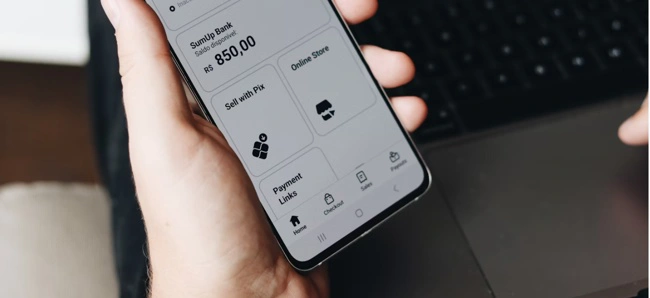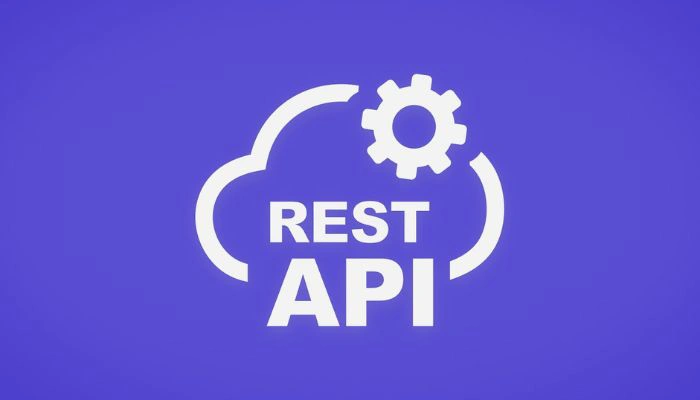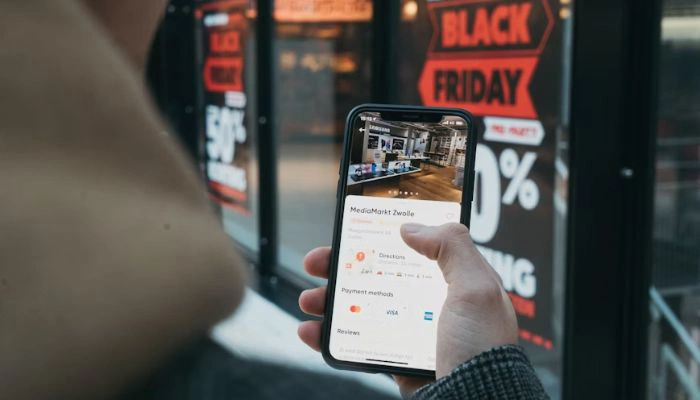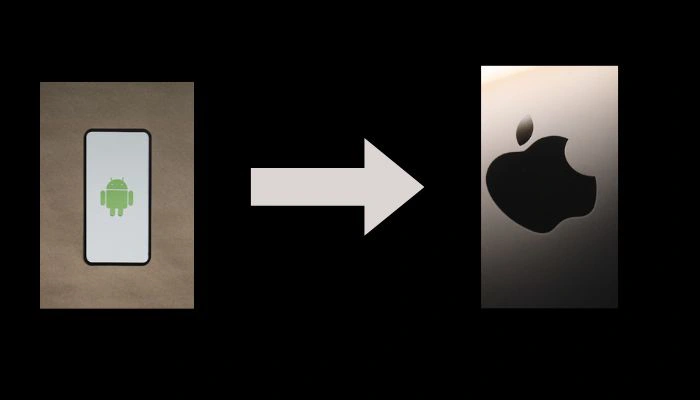eCommerce Mobile App: What You Need to Know to Build One
In today's digital-first world, the landscape of retail has been fundamentally reshaped by mobile technology. Businesses, from small startups to global enterprises, are increasingly turning to mobile apps as a critical channel for engaging customers and driving sales. The traditional eCommerce website, while still vital, is now often complemented—or even surpassed—by the speed, convenience, and personalized experience of a dedicated mobile application. This shift isn't just a trend; it's a new standard for connecting with consumers who live their lives on the go.
The rise of the eCommerce mobile app is a direct response to consumer behavior. With smartphones becoming the primary device for internet access, shoppers expect a seamless, intuitive experience that goes beyond a mobile-responsive website. They want a platform that remembers their preferences, sends timely updates, and makes a purchase as simple as a few taps. A well-designed eCommerce mobile app provides this and more, offering a competitive advantage in a crowded market. It's a powerful tool for building brand loyalty, increasing conversion rates, and unlocking valuable customer data.
So, what does it take to create a successful eCommerce mobile app? The journey is complex but incredibly rewarding. It involves careful planning, strategic feature selection, a deep understanding of your target audience, and a robust development process. From defining your goals to launching and maintaining the app, every step is crucial for success. In this comprehensive guide, we'll walk you through everything you need to know, from the core benefits and essential features to the step-by-step process of bringing your app to life.
Why an eCommerce Mobile App is a Game-Changer for Your Business

Investing in a dedicated mobile application offers significant benefits that a traditional website simply cannot match. It’s about more than just having a presence on a smartphone; it’s about creating a superior shopping experience that drives loyalty and revenue.
- Higher Conversion and Engagement: Mobile apps are proven to have higher conversion rates than mobile websites. The frictionless experience, including one-tap checkout and saved payment details, reduces cart abandonment and encourages impulse purchases. Users view more products and add more items to their carts.
- Enhanced Customer Loyalty: An app lives on your customer's home screen, providing a constant brand presence. Features like push notifications allow for direct, personalized communication about new products, sales, and special offers, keeping your brand top of mind. This continuous engagement helps turn first-time buyers into repeat customers.
- Personalized Shopping Experience: An eCommerce mobile app can leverage user data to provide highly personalized content. By analyzing browsing and purchase history, you can offer tailored product recommendations, exclusive discounts, and a shopping journey that feels uniquely curated for each individual. This level of personalization is a key driver of customer satisfaction and sales.
- Access to Valuable Data and Analytics: With an app, you gain deeper insights into user behavior than with a website alone. You can track customer journeys, understand purchasing habits, and identify popular products. This data is invaluable for optimizing your marketing strategies, improving the user experience, and making data-driven business decisions.
What Are the Must-Have Features for an eCommerce Mobile App?
The features you include in your app will define its success. While some are foundational, others can provide a competitive edge. The following table breaks down essential features for a modern eCommerce mobile app and why they are important.
| Feature Category | Core Features | Why They Matter |
| User Experience (UX) |
- Intuitive UI and seamless navigation - Fast loading times - High-quality product images & videos |
A great user experience is non-negotiable. It keeps users engaged and reduces friction. |
| Shopping & Commerce |
- Secure shopping cart and checkout - Multiple payment gateway options (e.g., Apple Pay, Google Pay, credit cards) - Order tracking and history |
These features are the backbone of your app, enabling transactions and keeping customers informed. |
| Personalization |
- User accounts with saved preferences - Personalized product recommendations (AI-driven) - Wishlists and "save for later" functionality |
Personalization makes the shopping experience feel unique and can significantly increase average order value. |
| Engagement |
- Push notifications for promotions and order updates - Customer reviews and ratings - In-app live chat or customer support |
These tools keep customers coming back and build trust and community around your brand. |
| Advanced Features |
- Voice and visual search - Augmented Reality (AR) product preview - Loyalty programs and rewards |
Cutting-edge features like AR can set your app apart and provide a unique, interactive experience. |
How Do You Build an eCommerce Mobile App? The Step-by-Step Process
Building an eCommerce mobile app requires a structured, methodical approach. Skipping steps can lead to costly mistakes and a poor final product. Here is a comprehensive overview of the development process:
- Market Research and Strategy: The first and most critical step is to define your "why." Who is your target audience? What problems will your app solve for them? Conduct a thorough analysis of your competitors and identify your unique value proposition. This foundational research will guide every subsequent decision, from feature selection to design.
- Define Core Features and Functionality: Based on your market research, create a detailed list of all the features you want to include. Start with a Minimum Viable Product (MVP) that includes only the most essential features (e.g., product catalog, shopping cart, checkout) to get to market quickly. You can add more advanced features in subsequent updates.
- UI/UX Design: A visually appealing and intuitive design is paramount. Work with a designer to create wireframes, mockups, and a prototype. The goal is to ensure the app is easy to navigate and a pleasure to use. Remember, a poor user experience is a major reason for app uninstallation.
- Backend Development and API Integration: The backend is the engine of your app, handling everything from user data and product information to payment processing. This phase involves setting up servers, databases, and APIs to connect your app's frontend with your existing e-commerce platform, inventory management systems, and other third-party services.
- Mobile App Development: This is where the actual coding happens. You'll need to decide whether to build a native app (separate apps for iOS and Android) or a cross-platform app (one codebase for both). While native apps often offer the best performance, cross-platform solutions can be more cost-effective and faster to develop.
- Quality Assurance and Testing: Before launching, the app must undergo rigorous testing. This includes functionality testing, usability testing, performance testing, and security testing. The goal is to identify and fix all bugs and glitches to ensure a smooth, error-free experience for your users.
- Launch and Promotion: Once the app is ready, submit it to the Apple App Store and Google Play Store. A successful launch also requires a solid marketing plan. Promote the app on your website, through social media, and via email campaigns to drive initial downloads.
- Post-Launch Maintenance and Updates: The work doesn't stop after the launch. You need to continuously monitor app performance, gather user feedback, and release regular updates to fix bugs, add new features, and adapt to changing user needs and technology trends.
How Much Does It Cost to Build an eCommerce Mobile App?

The cost of building an eCommerce mobile app can vary dramatically, ranging from a few thousand to hundreds of thousands of dollars. The final price tag depends on a number of key factors. Here are some of the most important considerations that influence the cost:
- App Complexity: This is the biggest factor. A simple app with basic features will be far less expensive than a complex app with advanced functionalities like AR, AI-driven recommendations, and multi-vendor support.
- Platform Choice: Building a single cross-platform app using a framework like React Native or Flutter is generally more affordable than developing separate, native apps for iOS and Android.
- Team Location and Expertise: The hourly rates of developers can vary significantly based on their geographic location. A development team in North America or Western Europe will typically charge more than a team in Eastern Europe or Asia.
- UI/UX Design: A custom, high-end design will add to the cost, but it's an investment that pays dividends in user satisfaction and brand perception.
- Maintenance and Updates: The initial build is just the beginning. You must also budget for ongoing costs, including bug fixes, security updates, and adding new features. These costs can be 15-20% of the initial development cost annually.
What Are the Benefits of an eCommerce Mobile App Over a Mobile Website?

While a responsive website is a good starting point, a mobile app provides a superior experience and offers distinct advantages. Here’s a quick comparison of the key benefits:
- Offline Access: Apps can function even without an internet connection, allowing users to browse products and wishlists offline. While they can't complete a purchase, this feature improves the user experience.
- Device Features: An app can access a phone's native features, such as the camera for visual search, GPS for location-based offers, and push notifications for instant, high-impact messaging. A mobile website is limited in its ability to utilize these features.
- Speed and Performance: Apps are generally faster and more reliable than mobile websites. The app's data is stored on the device, leading to quicker load times and a smoother experience, which is crucial for reducing user frustration.
- Seamless Checkout: An app allows users to save payment information and use native services like Apple Pay and Google Pay, making the checkout process a matter of a single click. This drastically reduces cart abandonment.
The modern consumer is demanding, and their expectations are constantly rising. A top-tier eCommerce mobile app isn't just a nice-to-have; it's a strategic necessity for businesses looking to thrive in the competitive digital marketplace.
Conclusion
Building an eCommerce mobile app is a significant undertaking, but the rewards—increased customer loyalty, higher conversion rates, and a powerful brand presence—make it a worthwhile investment. By following a structured process, from initial research and strategic planning to development and post-launch maintenance, you can create a compelling application that delights your customers and drives business growth. The future of commerce is mobile, and a dedicated app is the key to unlocking its full potential.
Ready to take your online store to the next level? Our expert team specializes in creating bespoke eCommerce mobile apps that are designed to engage your audience and boost your bottom line. Contact us today for a free consultation, and let's turn your vision into a reality.









